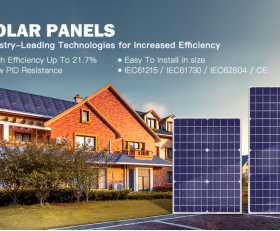How Crystalline Photovoltaic Systems Work

Understanding Crystalline Photovoltaic Systems
Crystalline photovoltaic systems are a type of solar panel technology that converts sunlight into electricity. They are composed of silicon-based solar cells, which are arranged in a grid-like pattern on the panel’s surface. When sunlight hits these cells, it creates an electric current, which is then converted into usable electricity for a variety of applications.The Functioning of Crystalline Photovoltaic Systems
Crystalline photovoltaic systems work by utilizing the photovoltaic effect. When sunlight strikes the silicon cells, it dislodges electrons from the atoms in the silicon, creating a flow of electricity. This process is facilitated by the properties of the silicon, which is a semiconductor material that can conduct electricity.The Two Types of Crystalline Photovoltaic Systems
There are two main types of crystalline photovoltaic systems: monocrystalline and polycrystalline. Monocrystalline panels are made from single crystal silicon, which makes them more efficient at converting sunlight into electricity. Polycrystalline panels, on the other hand, are made from multiple silicon crystals, which makes them less efficient but also more affordable.

